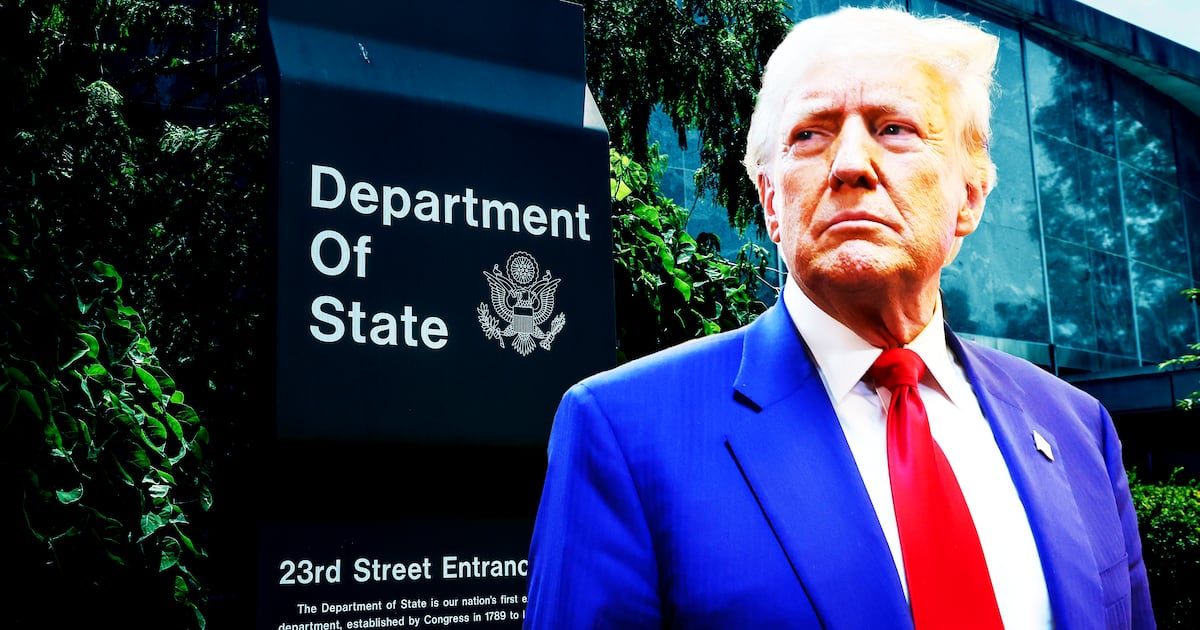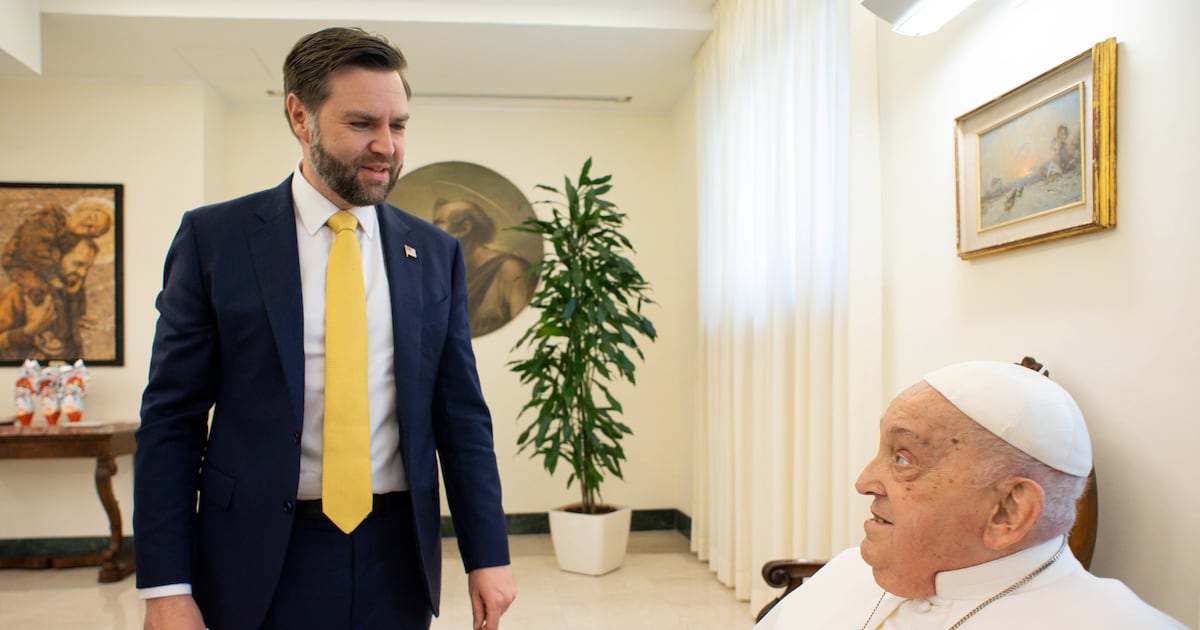Federal bureaucrats and antipoverty activists who once worried over poor children getting inadequate access to the Internet now fret that those same disadvantaged kids enjoy too much access, wasting untold hours of their time in front of computer and (digital) TV screens. The old “digital divide” supposedly separated technological haves and have-nots; the new “time-wasting divide” splits middle-class kids who consume too much electronic content from impoverished children who consume way too much.
The 20-year history of political posturing on this issue illustrates the way that ambitious governmental efforts to uplift the unfortunate generally deliver more harm than help.
In the 1990s, progressive politicians led by the redoubtable Al Gore, viewed the “digital divide” as a dire national crisis. The vice president convened a White House conference on the subject in April 1998, telling the assembled activists that “I am directing the Commerce Department to study Internet and computer usage among all segments of society,” though the constitutional authority for the vice president to “direct” any federal department remains distinctly dubious.
Rising to the grandeur of the occasion, and inspired by the new federally funded e-rate program to provide Internet discounts to schools and libraries, the veep proclaimed, “I believe that when we look back on this moment years from now, we will see the beginning of the e-rate as a momentous moment which changed the shape of the country, much like the Homestead Act transformed the America of the last century.” Two years later, as a candidate for president, Gore used even more sweeping language at Morgan State University in Maryland. “The opportunity gap of today has to be closed before it becomes the opportunity canyon of the 21st century,” he thundered. “We must have full Internet access for every single home, for every family, throughout the United States ... Computer literacy is a fundamental civil right.”
Of course, whenever politicians discover a new “fundamental civil right,” that means they want to spend taxpayer money to promote it. In addition to the “momentous” e-rate program, the feds pumped hundreds of millions into TOP (the Technology Opportunity Program), CTC (the Community Technology Centers program, with 1,000 centers opened up across the country), and even a special project under the Bureau of Indian Affairs to provide free “Net Days” to Native American students.

In 2004, however, the Bush administration brought an end to such federal grants in view of the vast expansion of Internet access through the normal functioning of the free market. By 2012 the Federal Communications Commission found that 65 percent of Americans enjoyed broadband access at home, including 59 percent of African-Americans. Al Gore’s “digital divide” never did morph into an “opportunity canyon,” with even 40 percent of economically distressed households earning less than $20,000 a year managing to secure broadband access at home.
Unfortunately, the proliferation of PCs, laptops, smartphones, and other digital devices to every segment of society hardly proved the unmitigated blessing that federal planners once projected. Danah Boyd, a senior researcher at Microsoft, told The New York Times: “Access is not a panacea. Not only does it not solve problems, it mirrors and magnifies existing problems we’ve been ignoring.”
Her conclusion reflected the results of an important 2010 study by the Kaiser Family Foundation that found that youngsters whose parents don’t hold college degrees (assumed to possess fewer economic advantages) spent a full 90 minutes more each day exposed to media than kids from higher socioeconomic households. This meant that poor kids, who are disproportionately black and Hispanic, used their digital access 10.5 hours more each week than did their middle-class counterparts. “Despite the educational potential of computers, the reality is that their use for education or meaningful content creation is miniscule compared to their use for pure entertainment,” declared Vicky Rideout, chief author of the Kaiser study. “Instead of closing the achievement gap, they’re widening the time-wasting gap.”
The New York Times reported that the children in “poorer homes” were “using their television and gadgets to watch shows and videos, play games and connect on social networking sites.” As an example, The Times profiled Markiy Cook, “a thoughtful 12-year-old in Oakland who loves technology. At home, where money is tight, his family has two laptops, an Xbox 360 and Nintendo Wii, and he has his own phone. He uses them mostly for Facebook, You Tube, texting and playing games ... ‘I stay up all night, until like 7 in the morning,’ he said, laughing sheepishly. ‘It’s why I’m so tired on Monday.’” Markiy, who says he wants to be a biologist when he grows up, scores a 1.0 grade-point average, putting him at the bottom of his class.
As his case demonstrates, poor kids may still claim slightly less access to the Internet than children of more prosperous parents, but they nonetheless manage to invest more time in digital pursuits—a pattern of behavior that widens the educational achievement gap rather than reducing it.
This new “digital divide” has predictably provoked ambitious plans from the FCC, including a bold proposal for recruitment of a new “Digital Literacy Corps” that would send thousands of trainers across the country to schools and libraries to teach parents and their already tech-savvy children about “productive uses of computers.” To launch this program, FCC chairman Julius Genachowski proposes an initial expenditure of a cool $200 million in taxpayer funds. “Digital literacy is so important,” he intones, explaining that any attempt to bridge the new divisions in Internet usage requires “giving parents and students the tools and know-how to use technology for education and job-skills training.”
No one could possibly object to local schools giving students instruction in basic Internet skills, but do we really need a massive federal intervention complete with a “corps” of digital-literacy trainers ready to parachute into local communities to rescue the restless natives from their digital addictions? Responsible, engaged parenting could do a far better job than visiting government agents to steer kids away from sleepless nights on Facebook or watching porn, but none of Washington’s education experts have yet found a bureaucratic formula for providing that sort of parent.
Over the last 20 years, the closing of the gap in Internet access represented a triumph for the workings of the corporate business system and the free choices of tens of millions of Americans rather than the achievement of any sweeping governmental program. Free Wi-Fi at all neighborhood Starbucks probably did more to connect the American masses than the federally funded Community Technology Centers.
The latest attempt to help disadvantaged kids overcome their proclivity to overdose on mind-numbing digital entertainment constitutes the latest outbreak of the “do-something disease”—a feverish desire by every governmental official to devise an expensive plan to address any newly perceived problem. When it comes to suggestions for an army of digital-literacy trainers to storm across the new digital divide, that inclination—like the impulse to squander childhood and adolescence on social networks and video games—ought to be resisted.






